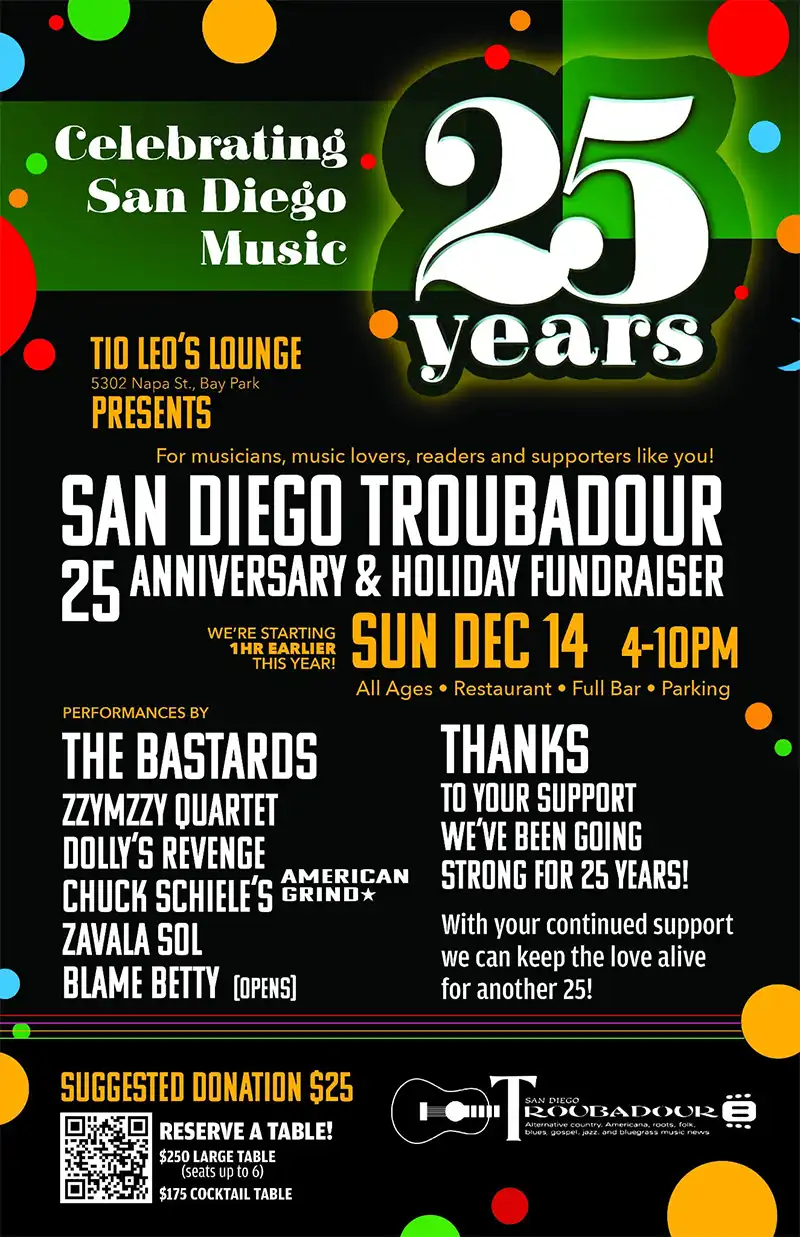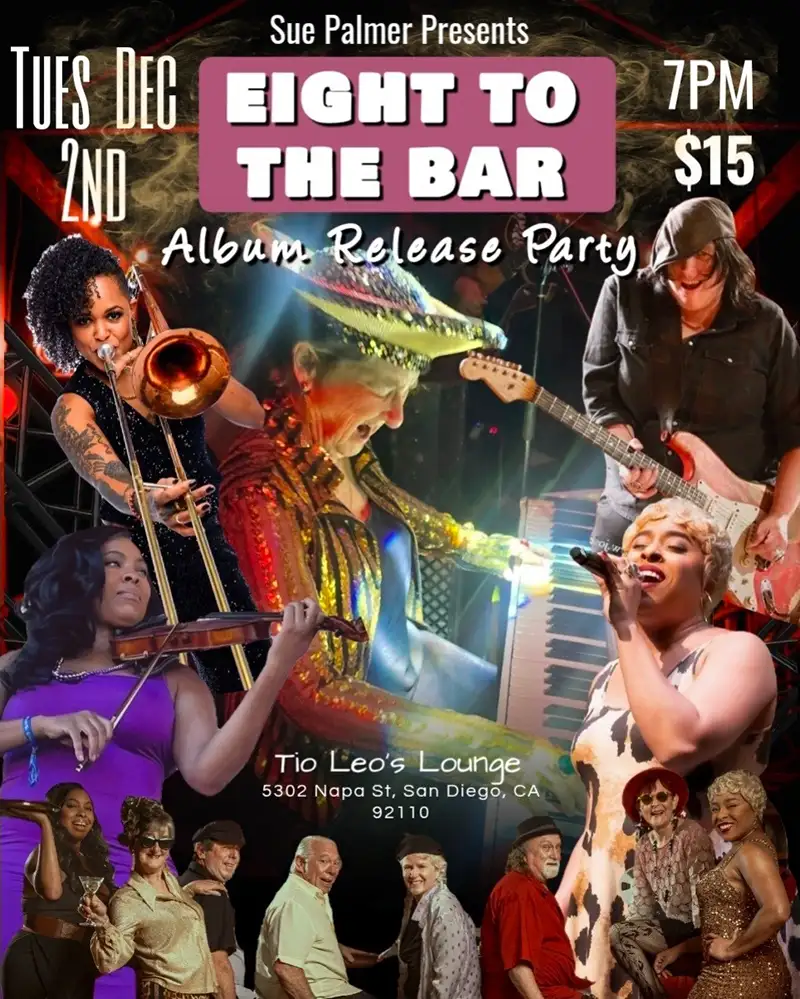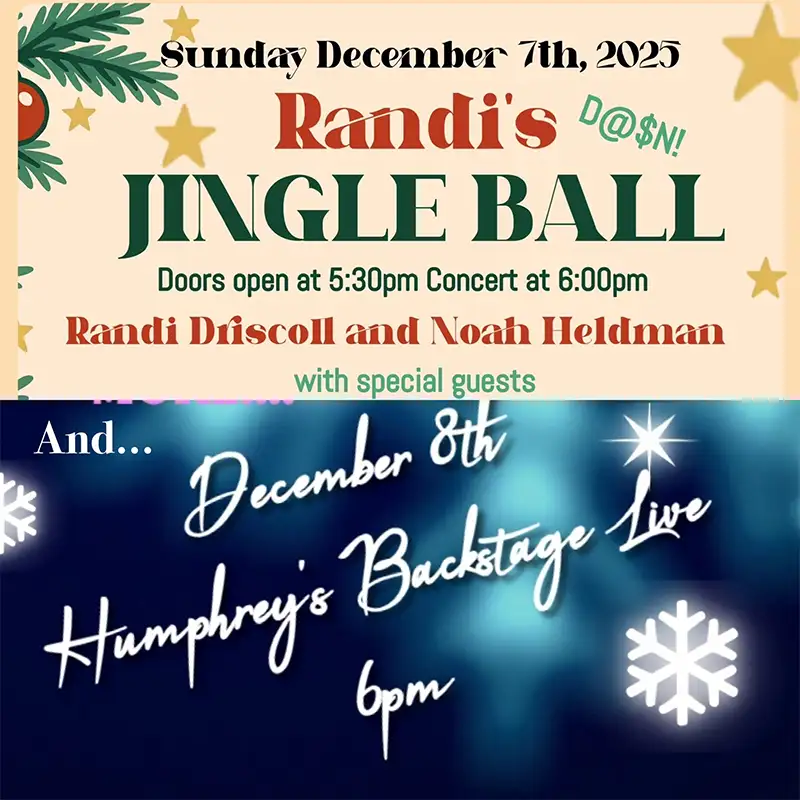Featured Stories
Bach Collegium: The Return of Bach to Bebop
I didn’t realize that a Beethoven Symphony could sound so new.
This comment is often heard in concert venues after a performance by the Bach Collegium San Diego. Although the ensemble performs music that can be more than 200 years old, audiences are often surprised at the freshness of the music performed by the ensemble.
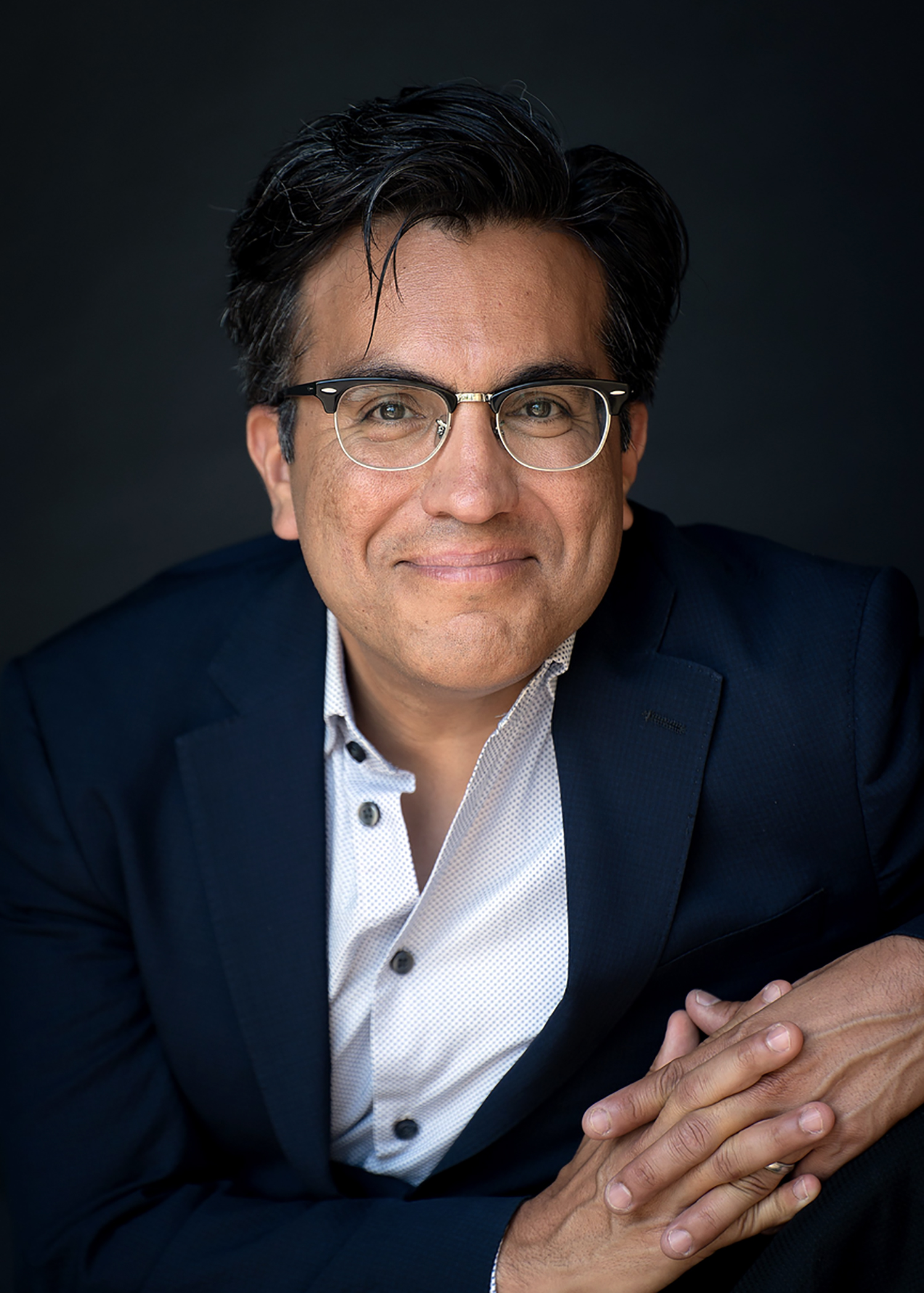
Ruben Valenzuela
Ruben Valenzuela, BCSD’s artistic director who founded the collegium in 2003, appreciates these audience reactions. He says, “We aren’t your run-of-the-mill, middle-of-the road sort of uppity classical organization. We like to really have fun. And I think you can hear that in our performances. There is an unrelenting energy, and we’re about as far away as from what you’d experience at the symphony. We tend to rock out.”
BCSD performs with as much authenticity as possible the music of the baroque and classical periods up to the early Romantic period, from the time of Bach and Telemann to Beethoven.
During this time, the late 1700s and early 1800s, the world was passing from the time of nobles and kings. Musical ensembles thus transferred their performances from the chambers of the elites to larger concert halls. The ensembles grew from a dozen or so musicians to the 60, 70, 80 or more performers that fill the stage of a symphony orchestra. The orchestral instruments were also made to be louder. Notably the bells on trumpets and other brass instruments were enlarged.
When we hear Beethoven, it is with the bigger, louder modern symphony orchestra of today. When BCSD perform Beethoven, the sound is as Beethoven’s audiences heard the great composer during his lifetime.
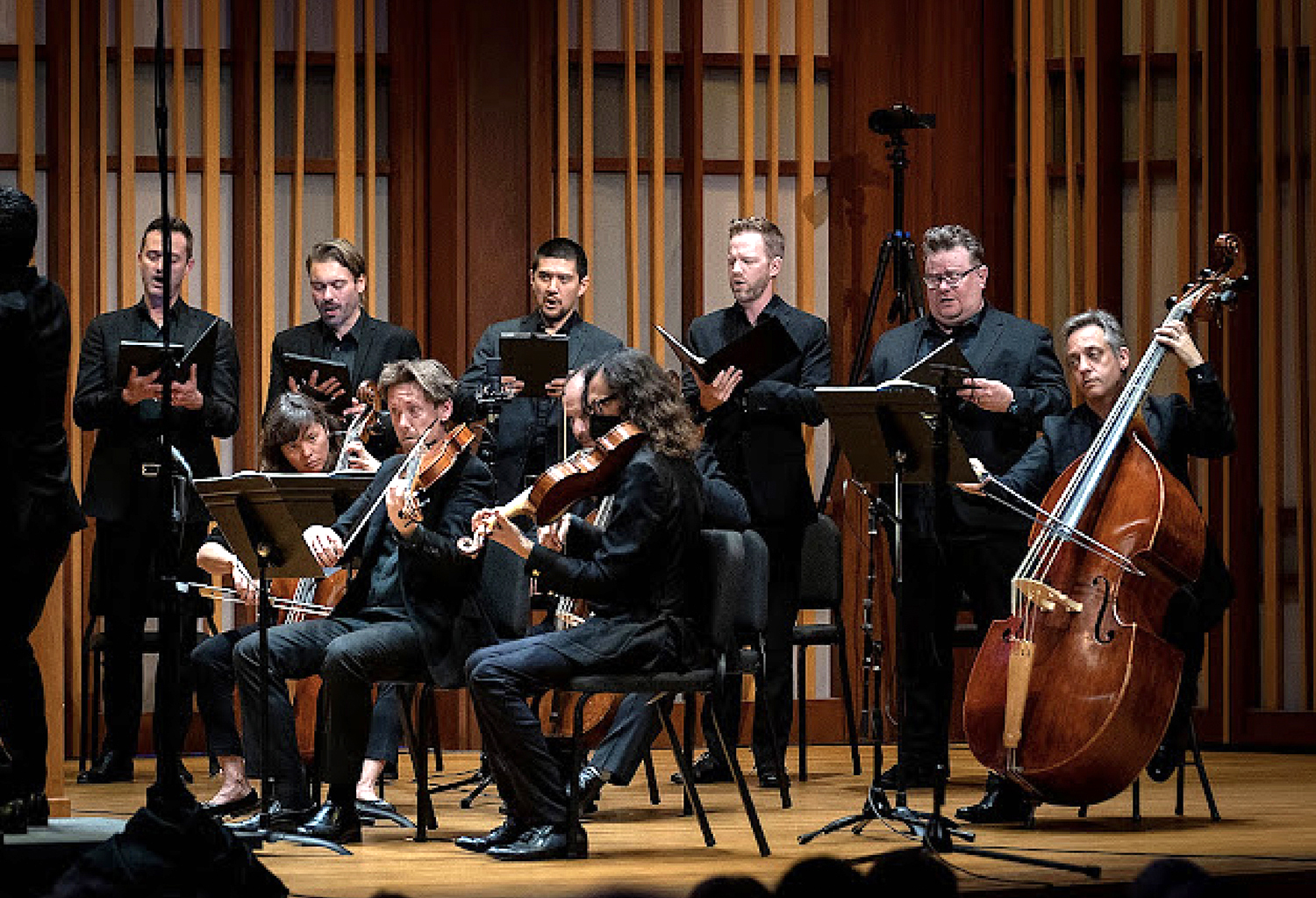
Members of the Bach Collegium
Valenzuela explains that the string instruments of the collegium—the violins, violas, and such—are strung with gut strings instead of metal, giving them a softer sound, similar to the dulcet tones of a classical guitar compared to that of a steel-string guitar. The tuning of the whole collegium is different as well, with the concert tuned to 430 beats per minute instead of 440, the standard tuning for most modern orchestras. The instruments also contrast physically from modern instruments. The bass section of the collegium is filled by the violone, which differs from the double bass in a number of ways, one of which is having a fingerboard fretted with gut.
“The playing technique of the strings is one of less vibrato,” explains Valenzuela. “There is much more importance given to the right hand, the bowing hand, than there is to the left hand, which is doing the vibrato. What you get is a music that is much more speech-like. Vibrato is more of an ornamentation, rather than the default.”
The Collegium includes ancient instruments, such as the theorbo, a lute instrument with a very, very long neck that holds added bass strings. You’re definitely not going to see one on a visit to Guitar Center, and they are unlikely to come up on Facebook Marketplace, but there are nonetheless individuals who perform on such instruments. Valenzuela says, “There are musicians who transition from being guitar players—classical guitar players—who have met up with the theorbo or lute and now perform on these instruments.” These musicians study at conservatories and universities that specialize in early music.
From the times I’ve heard the BCSD, the music had a crispness, one that is difficult to achieve with a large orchestra. Valenzuela believes that audiences appreciate his ensemble’s dynamic sound. “There is a certain immediacy, transparency, and rawness. Especially if we’re doing Mozart or Hayden,” he says. “You get to hear all of the innerworkings of the families of instruments that you tend to get blurred out with modern instruments. So as a result, the music sounds very new. very urgent, raw, and revolutionary.”
The collegium released a recording of two early works by Bach and Handel last month. The recording, which was started during Covid, is on the Bright Shiny Things record label and can be accessed via streaming. The music is also available on disk and vinyl.
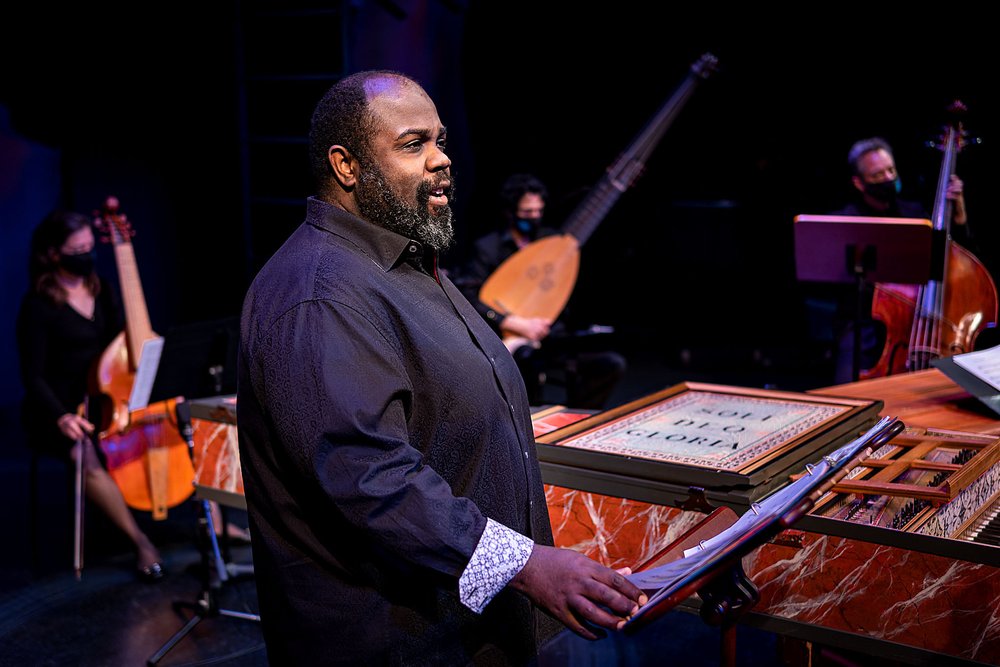
Reginald Mobley
On May 3, countertenor Reginal Mobley returns to San Diego to perform a program titled Return of Bach to Bop with the collegium. The concert showcases the thin lines between the worlds of baroque and jazz. The repertoire, from J.S. Bach and Purcell to Sarah Vaughan and Ella Fitzgerald, explores the world of improvisation, ornamentation, pulsating bass lines and, most important, groove. Singing for audiences all over the world, Mobley has won acclaim for his voice’s strength, clarity, and agility.
Countertenors are somewhat rare for the male voice, with a range spanning that of a higher tenor up through the mezzo-soprano range, with a difference of timbre from the female voice. “During COVID we did version number one of this program with Reggie,” says Valenzuela. “He’s quite facile with Baroque and he’s done some jazz singing. And we brought to two worlds together. And we tried to show that there are a lot of similarities between baroque music and jazz.”
Valenzuela and the BCSD hope to highlight the similarities that classical and jazz share “The two share important things, one of which is improvisation,” Valenzuela says. The bass is the central instrument of any jazz ensemble. And nothing swings without the rhythm section. “In the same manner, the continuo group of a chamber orchestra, the theorbo, organ, bass, are essentially the rhythm section, so we try to highlight those similarities. And you cannot miss Reggie. He is one of the most communicative singers in any genre. If you just like to hear someone who can sing beautifully communicate beautifully this is the person you don’t want to miss.”
There are two dates to choose from:
Saturday, May 3 at 7pm.
Conrad Prebys Performing Arts Center
7600 Fay Ave., La Jolla
Sunday, May 4 at 4pm.
All Souls’ Episcopal Church
1475 Catalina Blvd., San Diego


